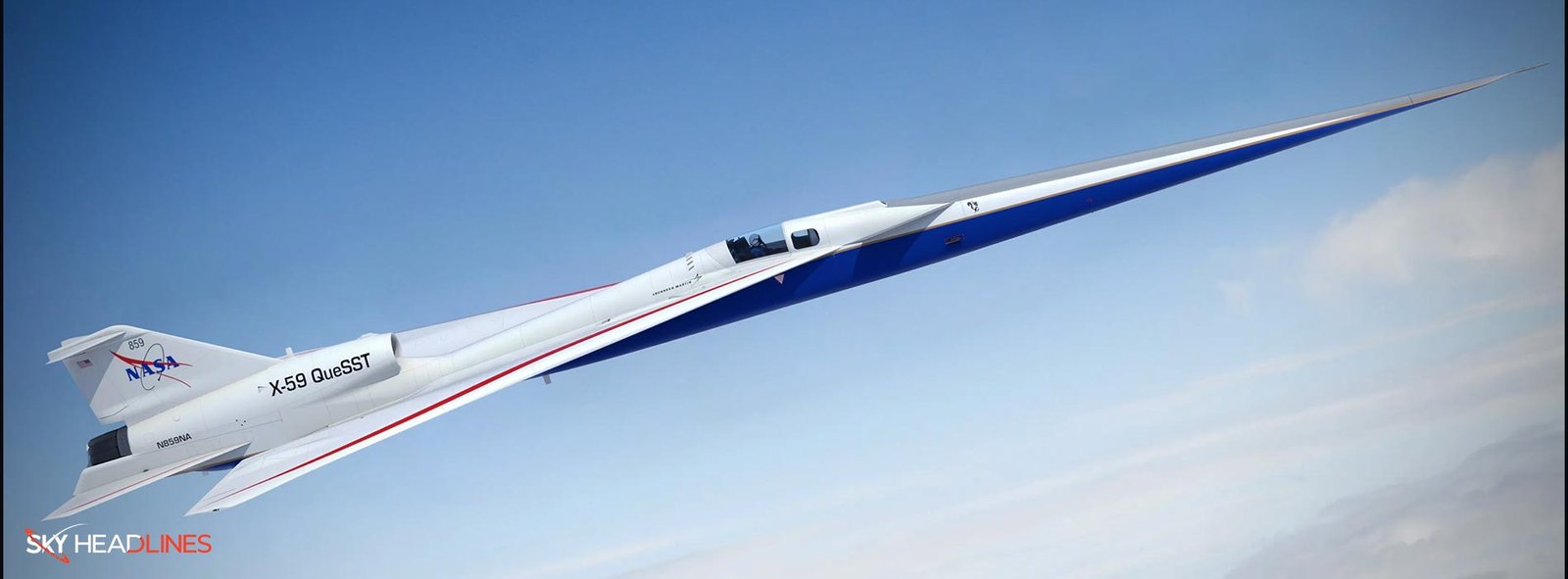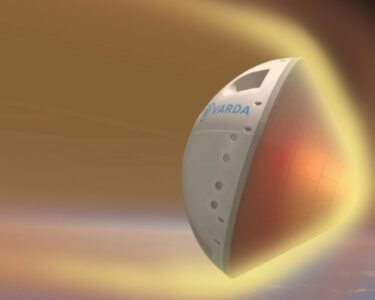NASA’s X-59 QueSST mission is set to revolutionize supersonic air travel by creating technology that can help in the sonic boom reduction. This mission, part of NASA’s Advanced Air Vehicles and Integrated Aviation Systems Programs, will use the X-59 research aircraft to collect data on human responses to the sound generated during supersonic flight. The data will be used to develop new sound-based rules for supersonic flights over land, paving the way for faster and more efficient air travel.
Let’s explore the X-59 mission and its history, features, and recent updates.
Overview:
NASA’s X-59 QueSST mission aims to revolutionize supersonic air travel by developing technology that can reduce the loudness of a sonic boom to a gentle thump. This will enable supersonic flights over land, which has not been possible due to the loud sonic boom created by conventional supersonic aircraft. NASA’s aeronautical innovators are leading a government-industry team that is carrying out the mission.
Engineers are designing and building the X-59 research aircraft with cutting-edge technology to achieve the mission’s first goal. After its construction, the X-59 will take to the skies above multiple U.S. communities to gather information about how humans respond to the noise produced by supersonic flight. The collected data will be provided to both American and global regulatory authorities to aid in the creation of fresh regulations for supersonic flight over land that are based on sound. These new rules would pave the way for faster-than-sound air travel, opening up new commercial cargo and passenger markets.
NASA’s aeronautics programs organize the X-59 mission as part of the Advanced Air Vehicles Program and the Integrated Aviation Systems Program. The Systems Project Office is managing the mission with members spanning both programs and all four of NASA’s aeronautical research field centers: Langley Research Center in Virginia; Glenn Research Center in Cleveland; and Ames Research Center and Armstrong Flight Research Center, both located in California. The X-59 QueSST mission represents a crucial step towards achieving faster and more efficient air travel that can transform the way we move around the world.
Now, let’s dig explore the fascinating history of this project,
Flash Back:
Seventy-five years ago, on October 14th, 1947, a groundbreaking moment in aviation history occurred when the Bell X-1 rocket plane broke the sound barrier for the first time over the high desert of California. A small group of researchers, including the National Advisory Committee for Aeronautics (NACA), studied techniques for reducing sonic booms caused by supersonic flight.
This achievement demonstrated that it was possible to penetrate the imaginary wall in the sky that many believed could not be breached, marking a significant milestone in the history of aviation. The NACA team worked in collaboration with the newly formed US Air Force and Bell engineers and pilots to achieve this breakthrough.
“That first supersonic flight was such a tremendous achievement, and now you look at how far we’ve come since then. What we’re doing now is the culmination of so much of their work,” Catherine Bahm, an aeronautical engineer at NASA’s Armstrong Flight Research Center in California, said.”
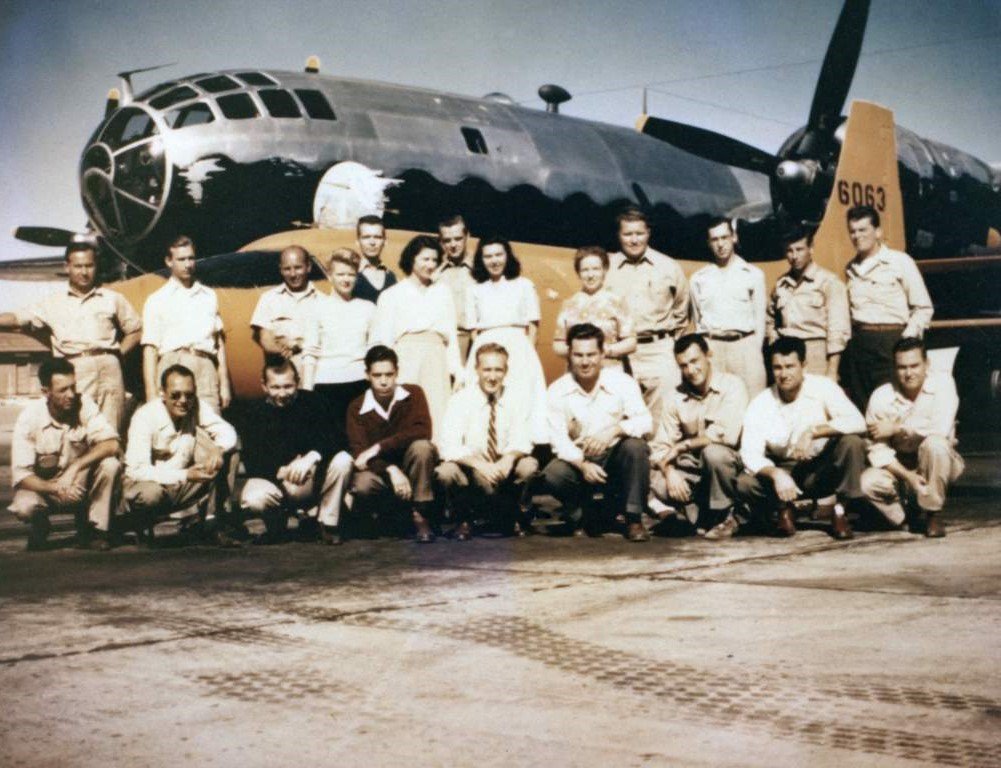
Today, a new generation of aeronautical innovators is working on NASA’s QueSST mission, which aims to revolutionize supersonic flight once again. This time, the goal is to design and build an aircraft, the X-59, that can generate a sonic boom so quiet that it will be barely noticeable on the ground. This breakthrough would make it possible for supersonic flight to occur over land, opening up new commercial cargo and passenger markets and drastically reducing travel times.
Through their hard work and dedication, the aeronautical innovators of NASA’s QueSST mission are poised to break the sound barrier once again, this time in a way that will transform the future of air travel and make it possible for us all to travel just as fast as the X-1 pilots who flew supersonic seventy-five years ago.
So, If you are wondering,
What’s the purpose of this mission?
The X-59 QueSST is part of NASA’s Low-Boom Flight Demonstration (LBFD) project, which aims to gather data and inform the development of new regulations that could permit commercial supersonic flight over land. The goal is to provide a safe and economically viable way for supersonic flights that helps in sonic boom reduction to transport passengers across the world, drastically reducing flight times.
The X-59 QueSST’s unique design is the key to its quiet supersonic flight. Its long, slender shape reduces the shockwaves that produce the sonic boom, allowing it to fly at supersonic speeds without causing the loud disturbance that typically comes with it. Instead, the X-59 QueSST produces a “soft thump” that is barely audible on the ground, if at all.
The X-59 QueSST, designed for sonic boom reduction and make supersonic flight quieter, is scheduled to make its first flight in 2023. NASA hopes that the data gathered during the LBFD project on sonic boom reduction will help the Federal Aviation Administration (FAA) establish new rules and regulations for supersonic flight over land. This could pave the way for commercial supersonic aircraft to fly across the United States and beyond, while minimizing their impact on the environment and communities.
Now, let’s uncover,
What are the features of NASA’s QueSST?
NASA’s QueSST mission is developing the X-59 aircraft, which features an advanced external Visibility System (XVS) that uses augmented reality technology to enhance the pilot’s situational awareness. This system comprises a front-facing camera and display combination that overlays critical information such as guidance to destination airports, airspace warnings and alerts, and landing approach cues onto the pilot’s view.
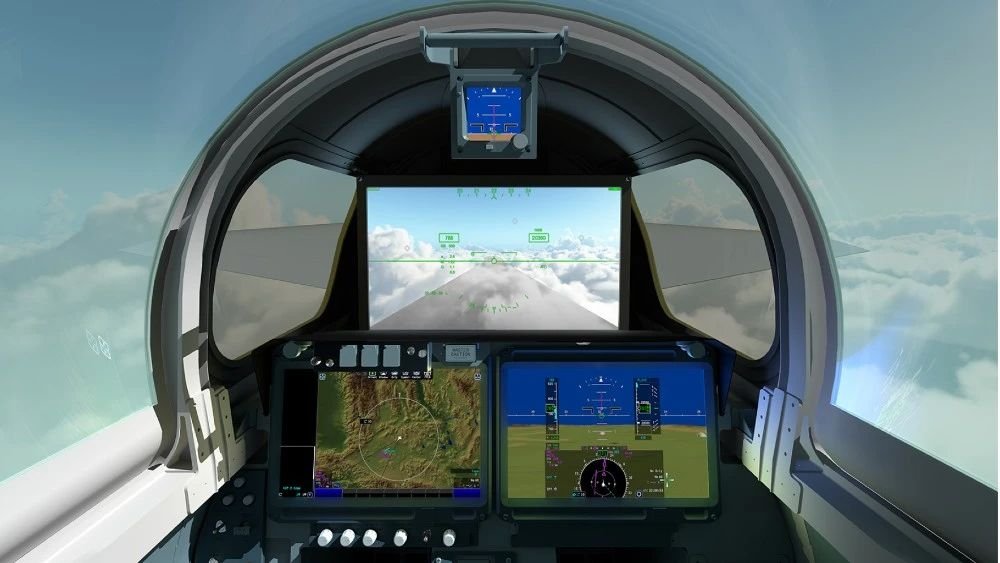
Courtesy NASA
Engineers have adjusted the X-59 aircraft’s external Visibility System (XVS) to enhance pilot situational awareness and reduce sonic boom during supersonic flight. The engineers designed the XVS to seamlessly work with sensors and a 4K camera feed, so that it provides the pilot with an ultra-high-definition (UHD) monitor display inside the cockpit. This ensures that the pilot has access to a crystal-clear view of their surroundings, enabling them to make critical decisions quickly and with confidence. Additionally, the aircraft also features a retractable camera located underneath it that provides a second view during lower-speed flight, such as during airport approach and landing.
With these advanced features, the X-59 promises to be a game-changer in the field of supersonic flight, paving the way for faster-than-sound air travel over land while ensuring the safety and comfort of pilots and passengers alike.
Moreover, The aircraft has received a 13-foot-long engine from General Electric Aviation, which will provide 22,000 pounds of thrust and enable the X-59 to fly faster than the speed of sound. The flight, scheduled for around 2025, aims to demonstrate that the X-59’s new supersonic technology will only produce a “thump” as heard by people on the ground, rather than a sonic boom. Lobbyists could use this information to persuade regulators to amend existing rules that restrict the speed at which planes can fly over land, potentially reducing travel times. We expect the engine to propel the X-59 to speeds up to Mach 1.4 and altitudes around 55,000 feet (16,764 meters).
We got some recent updates about the project for you here as well so let’s find out about that,
Recent updates on the Project:
Lockheed Martin Skunk Works in Palmdale, California, has recently finished installing the lower empennage or tail assembly for NASA’s X-59 QueSST project. The installation of this key component allows the team to carry out final wiring and system checkouts on the aircraft as it prepares for integrated ground testing, including engine runs and taxi tests. The QueSST mission will showcase the X-59 aircraft’s ability to fly supersonic while significantly reducing the loud sonic boom to a quieter sonic thump, which is a major milestone.
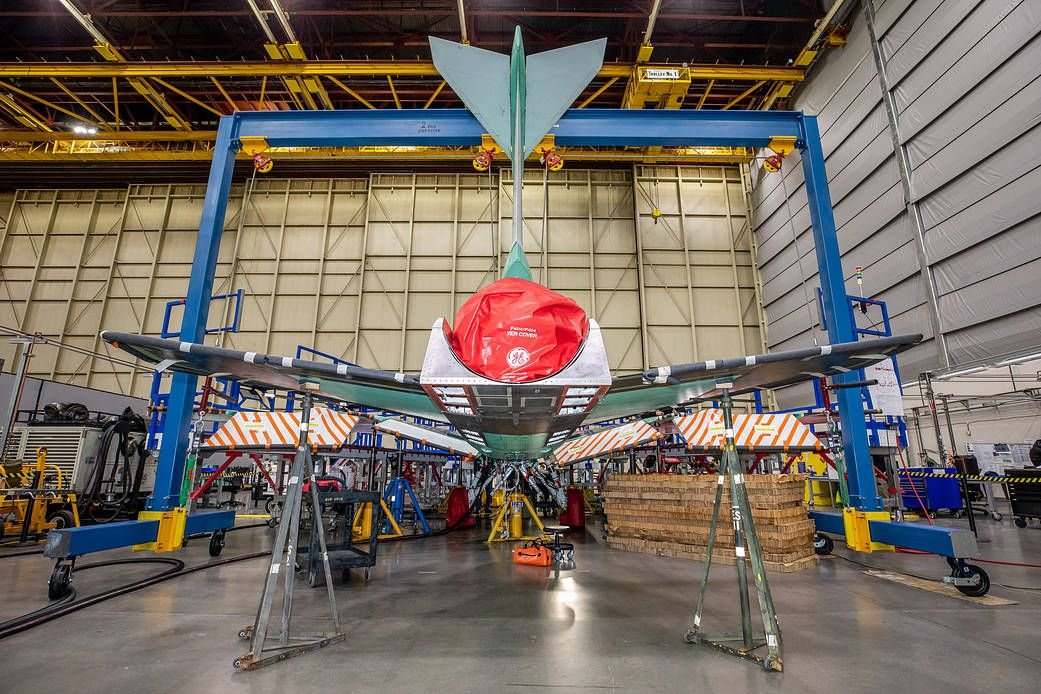
According to Ray Castner, NASA’s propulsion performance lead for the X-59, “The engine installation is the culmination of years of design and planning by the NASA, Lockheed Martin, and General Electric Aviation teams.” Castner also expressed his admiration and pride with these words: “I am both impressed with and proud of this combined team that’s spent the past few months developing the key procedures, which allowed for a smooth installation.”
Currently, the X-59 is undergoing installation within support framing, and its completion will mark the beginning of the next stage of the mission. The QueSST team aims to fly the X-59 over several U.S. communities to collect data on the human response to the sound generated during supersonic flight, with the ultimate goal of providing this data to U.S. and international regulators. The QueSST aircraft will prove supersonic travel with less noise is possible, altering air travel.


